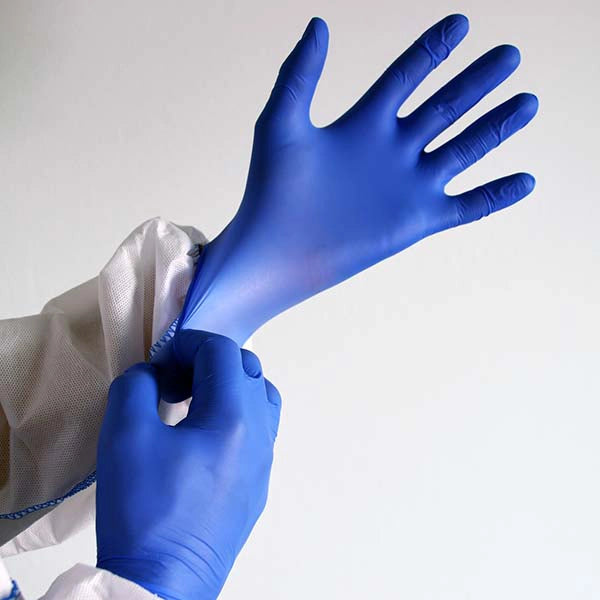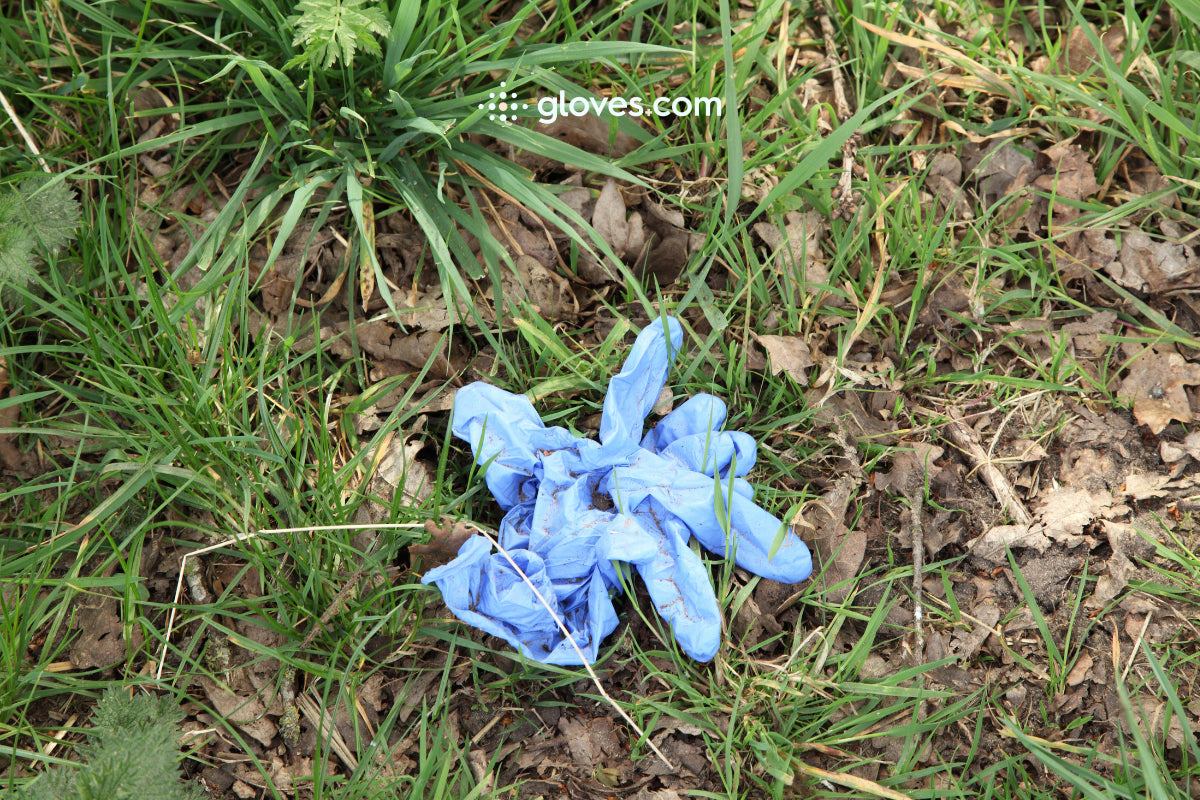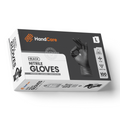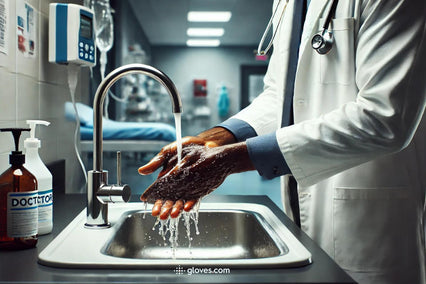Nitrile gloves are essential for ensuring safety and hygiene in various industries, including healthcare, food service, and automotive. The longevity of nitrile gloves depends on several factors, such as storage conditions, usage intensity, and material quality.
This article explores how long nitrile gloves typically last, how to maximize their lifespan, and when it’s time to replace them.
What Is The Lifespan Of Gloves?
The lifespan of gloves is influenced by several factors including material, storage conditions, and usage frequency. Nitrile gloves, made from synthetic rubber, are known for their durability and resistance to chemicals. They can last several years if stored properly, making them ideal for various industries such as healthcare, food service, and automotive.
However, even the best gloves can degrade over time due to exposure to environmental factors such as heat, humidity, and light. Proper care and maintenance are essential to maximizing their lifespan.
How Often Should Gloves Be Replaced?
Gloves should be replaced based on the type of task and the level of wear and tear they experience. Disposable nitrile gloves should be replaced after each use to maintain hygiene, especially in medical or food service settings. Reusable gloves, such as those used in industrial or laboratory settings, should be inspected regularly for signs of damage like tears, punctures, or thinning material.
It’s also important to replace gloves if they become contaminated or if their protective capabilities are compromised. High-risk tasks, such as handling hazardous chemicals or sharp objects, require more frequent glove changes to ensure user safety.
Do Nitrile Gloves Expire?
Yes, nitrile gloves do expire. Although they are durable, their protective properties can diminish over time. The typical shelf life of nitrile gloves is around five years when stored under optimal conditions—cool, dry, and away from direct sunlight. Gloves stored in high temperatures or humid environments may degrade more quickly, becoming brittle, sticky, or discolored.
Some high-quality nitrile gloves, however, can last up to ten years if stored properly. It’s important to check the expiration date provided by the manufacturer and to inspect gloves for any signs of deterioration before use.
How Long Do Nitrile Gloves Last in the Box?
Nitrile gloves can last up to five years in the box if stored correctly. Storage conditions significantly affect their longevity. Ideally, gloves should be kept in their original packaging, in a cool, dry, and dark place.
Exposure to heat, moisture, and UV light can accelerate the aging process, causing the gloves to lose their elasticity and protective qualities. Some premium nitrile gloves are designed to maintain their integrity for up to ten years, but this requires meticulous adherence to storage guidelines. Regularly checking stored gloves for signs of degradation is also advisable.
How Long Can A Single Pair Of Gloves Be Used?
The duration a single pair of nitrile gloves can be used depends on the nature of the task and the conditions under which they are used. For low-intensity tasks, such as medical examinations or laboratory work, nitrile gloves can be worn for several hours. However, in high-intensity environments, like industrial or automotive work where gloves are exposed to oils, solvents, and abrasive materials, they may need to be changed more frequently.
Signs that gloves need replacing include visible tears, punctures, or a noticeable loss of elasticity and flexibility. It’s crucial to replace gloves immediately if they become contaminated or compromised to ensure continued protection.
Choosing the Right Nitrile Gloves:
Selecting the right nitrile gloves involves considering several factors to match the glove’s features with the specific needs of the task. Key considerations include:
- Thickness: Thicker gloves provide better protection against chemicals and physical hazards, making them suitable for industrial or medical use. Thinner gloves offer greater dexterity and are ideal for tasks requiring precision, such as laboratory work or electronics assembly.
- Texture: Gloves with textured fingertips enhance grip, which is important in wet or oily conditions, ensuring better control and reducing the risk of accidents.
- Size: Properly fitting gloves are crucial for comfort and effectiveness. Gloves that are too tight can cause hand fatigue, while those that are too loose can reduce dexterity and increase the risk of tearing.
- Cuff Length: Longer cuffs provide additional protection against splashes and spills, making them suitable for medical or laboratory settings. Extended cuffs can also protect the wrist and forearm in more hazardous environments.
- Material Quality: High-quality nitrile gloves from reputable suppliers ensure consistent protection and durability. Investing in gloves that meet industry standards for medical or industrial use is essential for ensuring safety and compliance.
By carefully considering these factors, users can choose the most appropriate nitrile gloves for their specific needs, ensuring both safety and efficiency in their tasks.
How Long Should Gloves Last: Frequently Asked Questions
How often should you change your nitrile gloves?
Nitrile gloves should be changed after each use in medical, food service, or other hygiene-critical settings to prevent cross-contamination. For tasks involving hazardous chemicals or materials, gloves should be changed immediately if they become damaged or contaminated. In less intensive environments, gloves may be worn for several hours but should still be replaced if they show signs of wear and tear, such as tears, punctures, or loss of elasticity.
Do nitrile gloves degrade?
Yes, nitrile gloves do degrade over time. Their durability can be affected by factors such as exposure to heat, humidity, and UV light. Proper storage in a cool, dry, and dark place can help extend their shelf life. Typically, nitrile gloves can last up to five years in optimal storage conditions, but this can vary depending on the quality of the gloves and storage practices. Degradation signs include brittleness, stickiness, discoloration, and reduced elasticity.
How many times can you use nitrile gloves?
Nitrile gloves are generally designed for single use and should be disposed of after one wear, especially in medical, food service, or chemical handling applications to ensure hygiene and safety. Reusing nitrile gloves can compromise their protective barrier, increasing the risk of contamination and exposure to harmful substances. While reusable gloves are available for some industrial applications, they should be inspected regularly for damage and cleaned according to the manufacturer’s guidelines. For most purposes, it’s best to use a new pair of nitrile gloves for each task.







